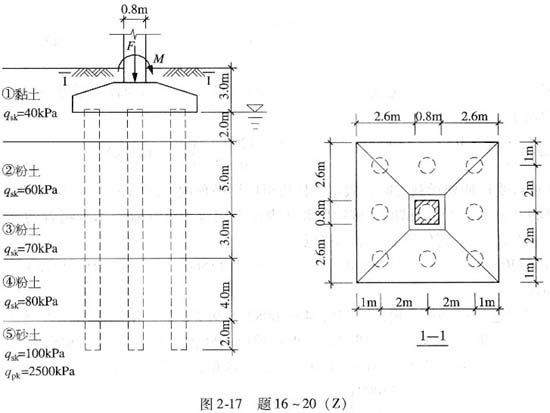D
American cities are similar to other cities around the world: In every country, cities reflect the values of the culture. American cities are changing, just as American society is changing.
After World War U , the population of most large American cities decreased ; however, the population in many Sun Belt cities increased. Los Angeles and Houston are cities where population shifts(转移) to and from the city reflect the changing values of American society. In the late 1940s and early 1950s, city residents (居民) became wealthier. They had more children so they needed more space. They moved out of their apartments in the city to buy their own homes. They bought houses in the suburbs (郊区).
Now things are changing. The children of the people who left the cities in the 1950s are now adults. Many, unlike their parents, want to live in the cities. They continue to move to Sun Belt cities and older ones of the Northeast and Midwest. Many young professionals are moving back into cities. They prefer the cities to the suburbs because their jobs are there; or they just enjoy the excitement and possibilities that the city offers.
This population shift is bringing problems as well as benefits. Countless poor people must leave their apartments in the city because the owners want to sell the buildings or make apartments for sale instead of renting, In the 1950s, many poor people did not have enough money to move to the suburbs; now many of these same people do not have enough money to stay in the cities.
Only a few years ago, people though that the older American cities were dying. Some city residents now see a bright, new future. Others see only problems and conflicts. One thing is sure: many dying cities are alive again.
According to the 4th paragraph, a great many poor people in American cities().
A. are faced with housing problems
B. are forced to move to the suburbs
C. want to sell their buildings
D. need more money for daily expenses

